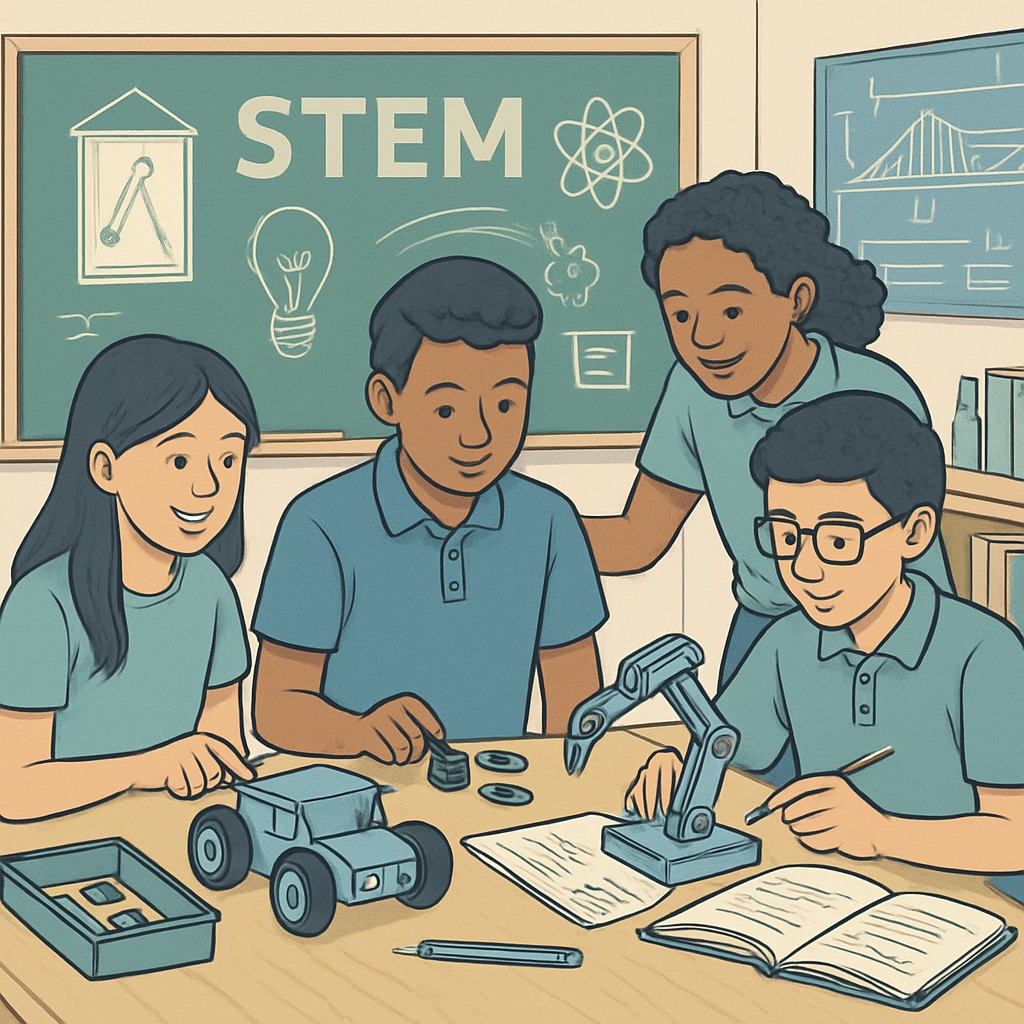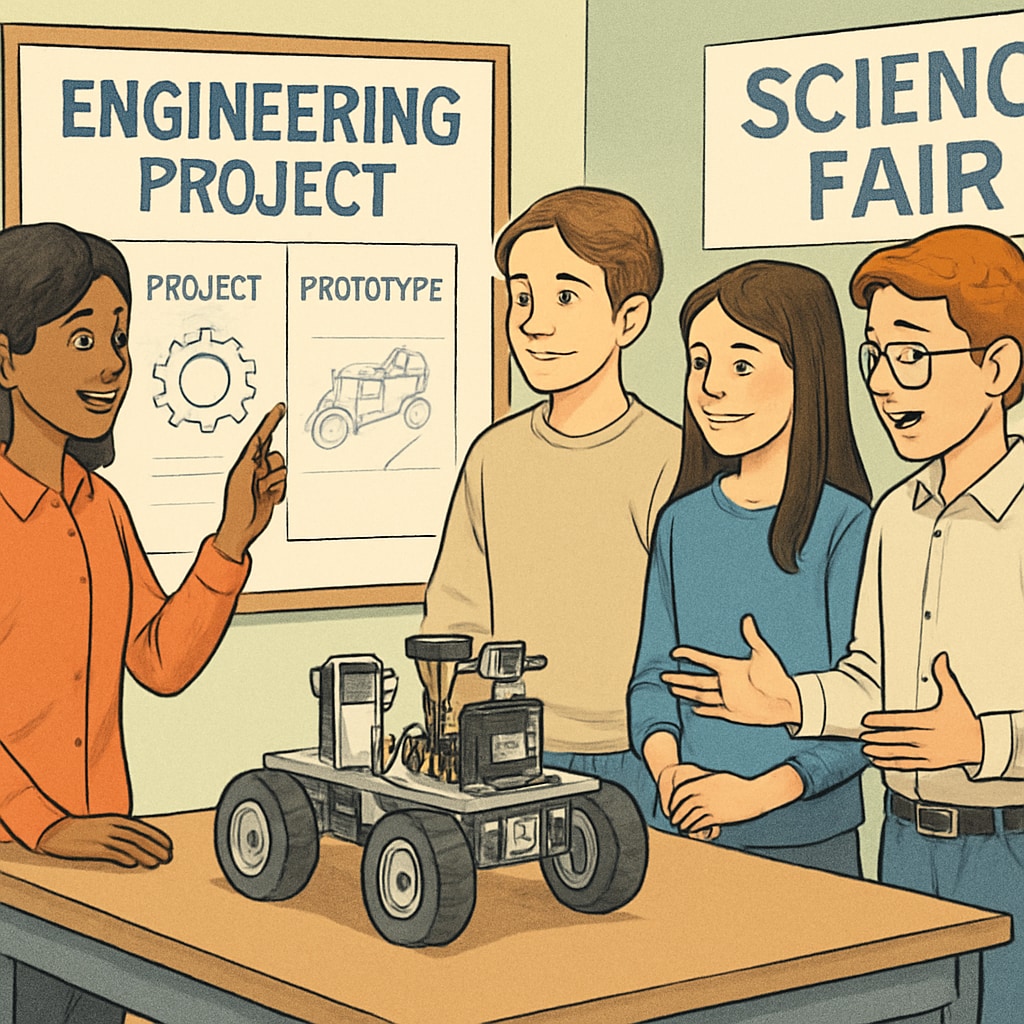Choosing between an MEng (Master of Engineering) and an MSc (Master of Science) can significantly impact one’s career trajectory in design engineering. However, this decision doesn’t start at the university level—it begins much earlier. By fostering engineering design thinking during the K12 education phase, educators and parents can equip students with the skills and mindset needed to excel in professional roles and make informed academic choices later on.
Design engineering is a field that integrates creativity, problem-solving, and technical expertise. For students dreaming of careers in this domain, the foundation of their innovation thinking often starts in STEM-focused classrooms. Incorporating hands-on projects, collaborative problem-solving, and exposure to real-world challenges can spark an early interest in design principles and engineering concepts.

Developing Engineering Design Thinking at the K12 Level
Setting the stage for design engineering careers during K12 education involves more than teaching science and mathematics; it requires cultivating curiosity and critical thinking. Techniques such as project-based learning (PBL), robotics clubs, and coding workshops are essential for nurturing these skills.
For example, PBL allows students to tackle real-world problems, such as designing a sustainable building or creating a prototype for an energy-efficient product. These experiences teach students how to approach challenges systematically—an essential skill in design engineering. In addition, exposure to technologies like 3D printing or CAD software during school years can offer a glimpse into the tools used in professional engineering roles.
Moreover, extracurricular activities such as science fairs provide a platform for students to showcase their innovative ideas. These early experiences often translate into a deep passion for engineering, motivating them to pursue advanced degrees such as an MEng or MSc in their chosen field.

MEng vs MSc: Key Differences and Career Impacts
When students transition to higher education, they must decide between an MEng or MSc in design engineering. While both degrees offer valuable opportunities, their focus and career implications differ.
- MEng (Master of Engineering): Typically more practice-oriented, MEng programs emphasize hands-on learning, industry placements, and applied engineering skills. Graduates often pursue roles in product design, manufacturing, or engineering consultancy.
- MSc (Master of Science): MSc programs are research-focused and delve deeper into theoretical concepts. They prepare students for specialized roles in academia, R&D departments, or advanced technical positions.
Both degrees require strong problem-solving and design thinking skills, which can be cultivated early through K12 education. Students who excel in STEM challenges during their school years are better prepared to navigate these advanced academic paths.
Preparing Students for Professional Success
In addition to academic skills, students need to develop soft skills such as teamwork, communication, and adaptability. Employers in the engineering design sector value candidates who can collaborate effectively across multidisciplinary teams and present their ideas clearly.
For educators, integrating teamwork-focused activities and encouraging students to participate in collaborative competitions can be instrumental. For example, programs like FIRST Robotics or engineering hackathons not only teach technical concepts but also foster interpersonal skills crucial for professional success.
Ultimately, the goal is to prepare students not just for their master’s degree choice but also for thriving careers in design engineering. By laying the groundwork during K12 education, we can ensure that future engineers possess the creativity, analytical skills, and adaptability needed to excel in this ever-evolving field.
For further insights into engineering design principles, visit Design Engineering on Wikipedia or explore Engineering Overview on Britannica.
Readability guidance: The article uses concise paragraphs, balanced sentence lengths, and clear transitions to maintain readability. Lists and examples are provided to enhance understanding.


